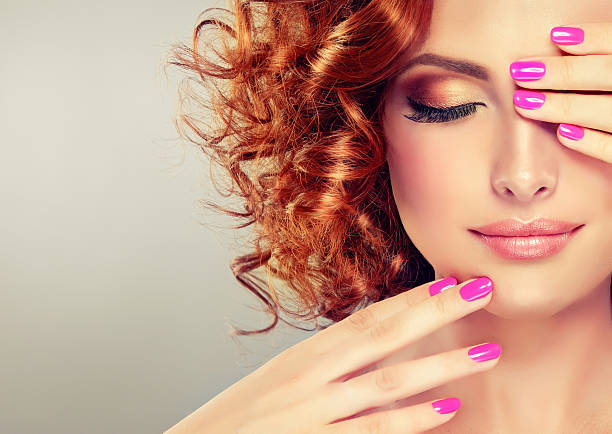Fashion shows are exciting events that bring together designers, models, celebrities, and fashion enthusiasts to showcase the latest trends and designs. However, like any high-profile gathering, fashion shows can also be vulnerable to criminal activities. Therefore, it is crucial to prioritize security measures to ensure the safety of attendees, protect valuable assets, and preserve the integrity of the event. Here, we will discuss effective strategies to secure fashion shows from crime, allowing these dazzling spectacles to continue captivating audiences without compromise.
- Comprehensive Event Planning:
A solid foundation for a secure fashion show begins with meticulous event planning. Organizers must conduct a thorough risk assessment to identify potential security threats and vulnerabilities. This assessment should encompass the venue, transportation routes, backstage areas, dressing rooms, and the overall event perimeter. By understanding the specific risks associated with each area, security teams can tailor their strategies accordingly.
- Professional Security Personnel:
Employing a team of highly trained security personnel is essential for fashion show security. These professionals should have expertise in crowd management, threat detection, and emergency response protocols. Additionally, background checks and regular training sessions should be conducted to ensure the reliability and competence of the security staff. Uniformed guards should be positioned strategically throughout the venue, with particular attention to entrances, exits, backstage areas, and other sensitive locations. Buy holographic sights online from Palmetto State Armory for armed guards, it will help them in improving security.
- Access Control:
Strict access control measures are crucial in safeguarding fashion shows. Utilizing technologies such as ID badges, electronic key cards, and biometric authentication can help regulate entry to restricted areas. Only authorized personnel should be allowed access to backstage areas, fitting rooms, and storage facilities. By employing a tiered system of access privileges, organizers can ensure that individuals are granted entry based on their roles and responsibilities, minimizing the risk of unauthorized individuals gaining access.
- Video Surveillance and Monitoring:
Video surveillance systems play a vital role in enhancing the security of fashion shows. Strategically placed high-definition cameras can provide comprehensive coverage of the venue, enabling security personnel to monitor activities in real-time and identify potential threats. Moreover, the recordings from these cameras can serve as valuable evidence for post-incident analysis. Leveraging advanced technologies like facial recognition can assist in identifying suspicious individuals and enhancing the overall security apparatus.
- Secure Transportation:
Transportation security is often overlooked but is equally critical in protecting fashion show attendees. Coordinating secure transportation options for designers, models, and VIPs ensures their safety from their arrival at the venue to their departure. Hiring professional drivers, implementing GPS tracking systems, and conducting thorough vehicle inspections are all essential practices to mitigate the risk of crimes such as theft, kidnapping, or unauthorized access.
- Emergency Preparedness:
Fashion show organizers should develop robust emergency preparedness plans to address unforeseen circumstances. This includes establishing clear evacuation procedures, designating assembly points, and training staff on emergency response protocols. Communication systems, such as two-way radios or encrypted mobile apps, should be in place to facilitate swift and effective communication during critical situations.
- Collaboration with Local Authorities:
Collaboration with local law enforcement agencies is crucial to augment the security measures of fashion shows. Sharing event details and security plans with the police can help them deploy additional resources and increase their presence around the venue. This partnership ensures a coordinated response to any potential security threats and reinforces the overall safety of the event.
Conclusion:
Securing fashion shows from crime is an imperative task that demands careful planning, trained personnel, and advanced technologies. By implementing comprehensive security measures, including access control, video surveillance, secure transportation, and emergency preparedness, organizers can create a safe environment that allows attendees to fully enjoy the glamour and artistry of fashion shows. Additionally, collaboration with local authorities ensures a robust security presence and prompt response to any potential threats. With proper security measures in place, fashion shows can continue to dazzle audiences while upholding safety and style in perfect harmony.

